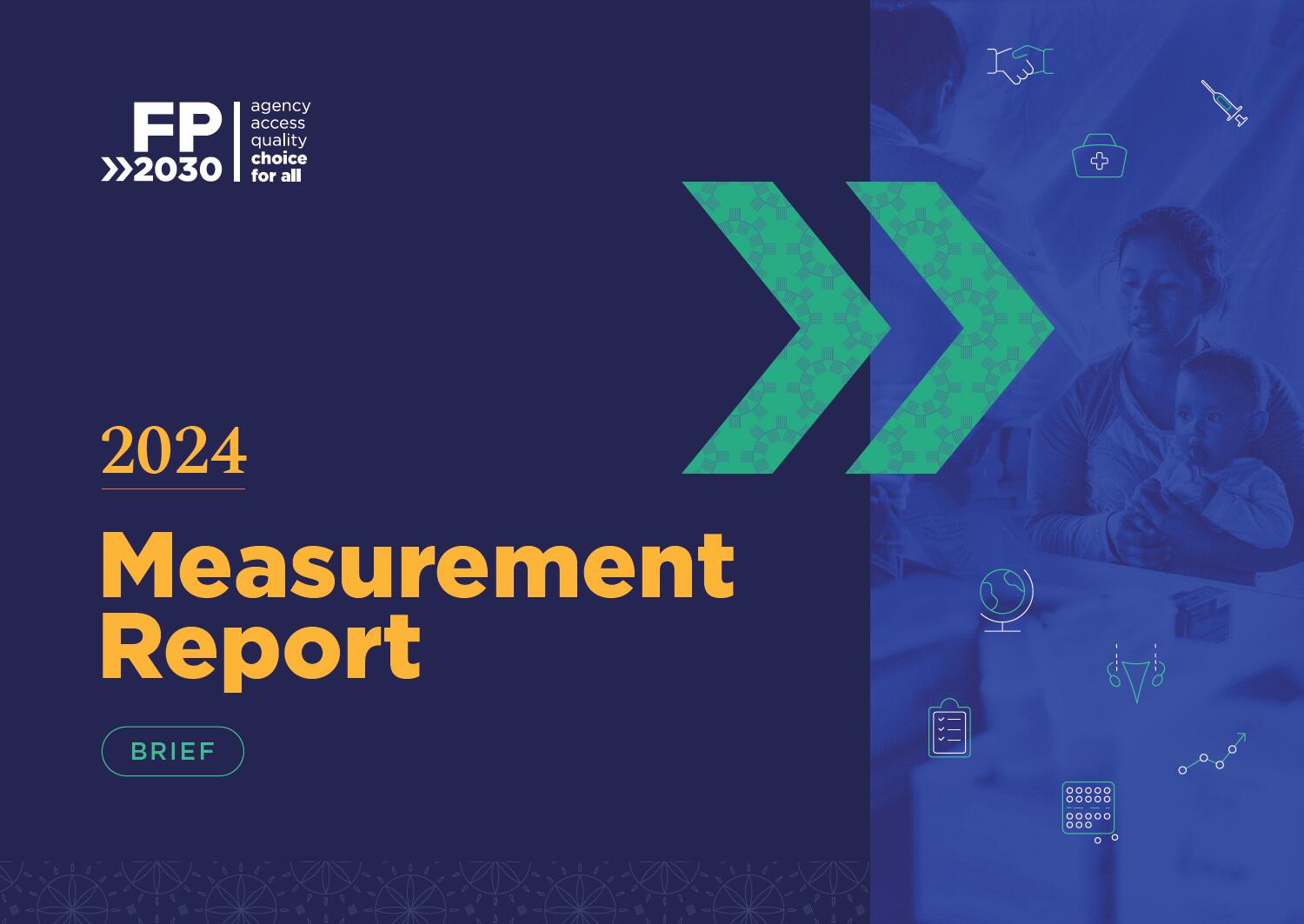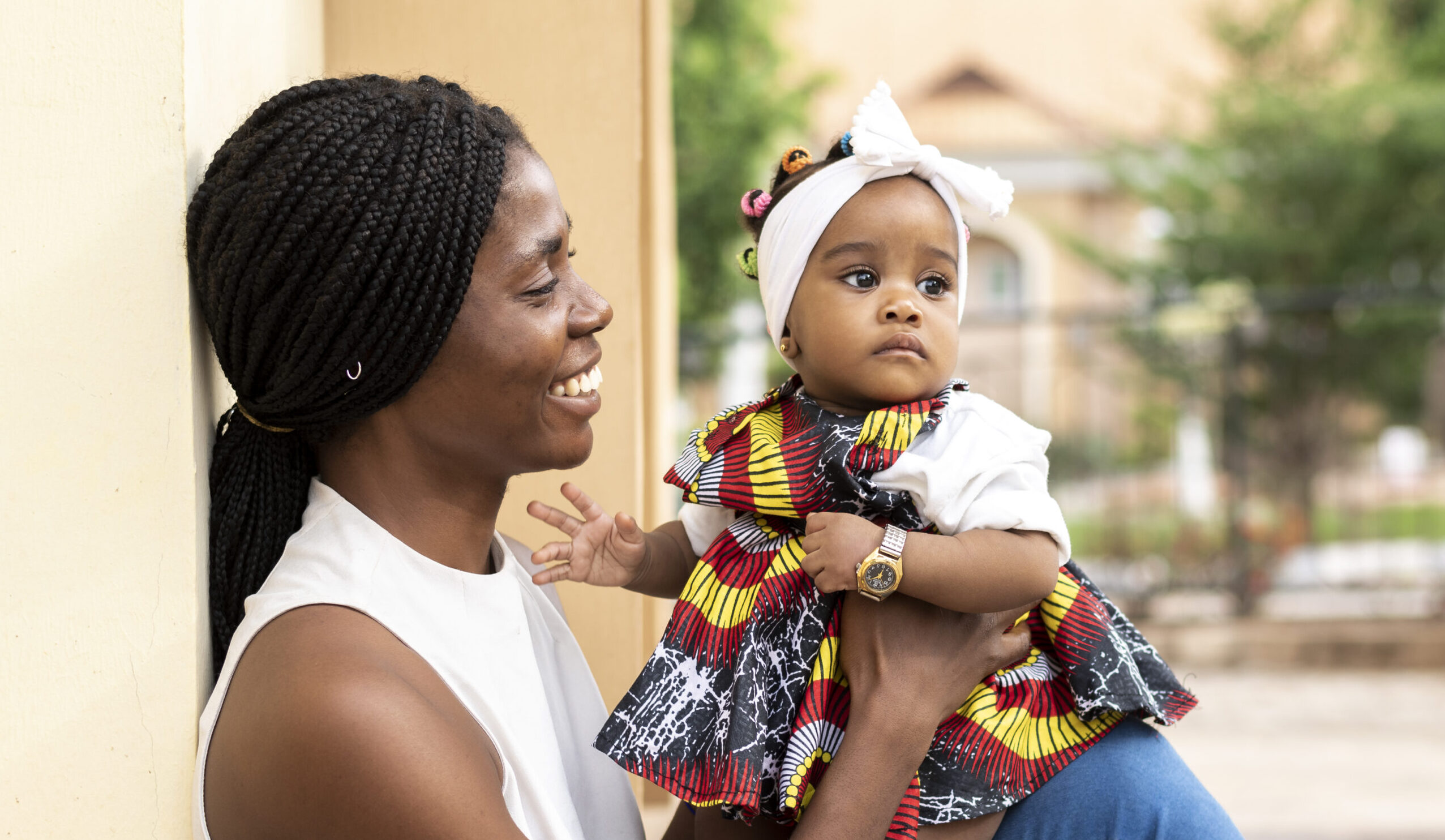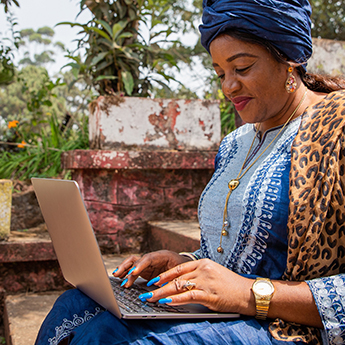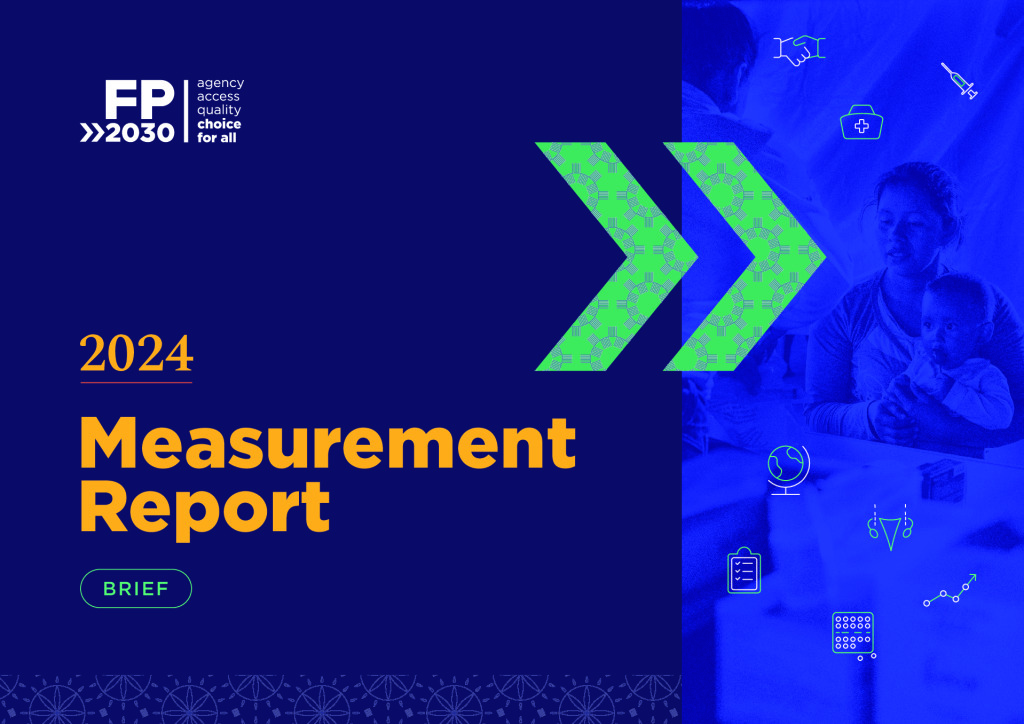
Resources
2024 Measurement Report Brief
Data
Previous

2024 Uncertainty Intervals
Next

Understanding the Impact of Foreign Aid Disruption...
Over the last decade, low- and lower-middle-income countries have made monumental strides in family planning by improving method availability and access, and increasing modern contraceptive use, even while serving growing populations of women of reproductive age. Despite these tremendous and hard-won gains, much work remained to be done to achieve the Sustainable Development Goals (SDGs) of Universal Access to Sexual and Reproductive Health and Rights and Gender Equality by 2030. Recent seismic shifts including the dissolution of the United States Agency for International Development (USAID) are threatening to stall or even reverse progress. Furthermore, the announcements of planned future cuts to development assistance by several European donors have also contributed to a crisis for family planning. This is a critical moment to reflect on the progress of the global family planning community in the last decade and review what is at stake if family planning services, data systems, and equity-focused programs are not prioritized. The following data reflects progress made up to July 2024.









